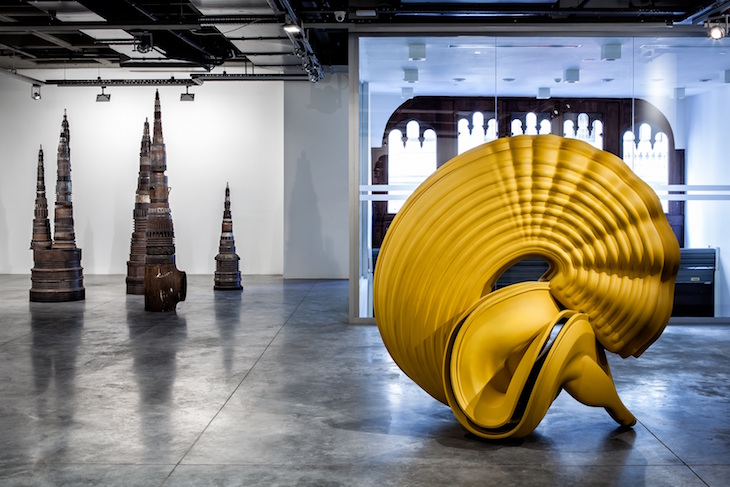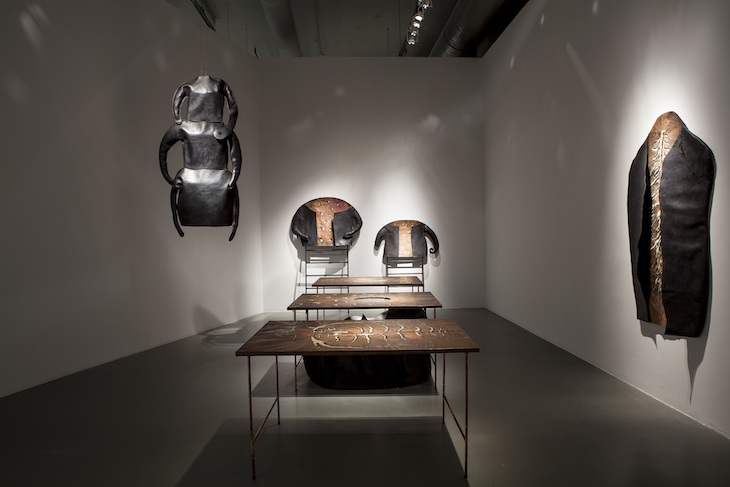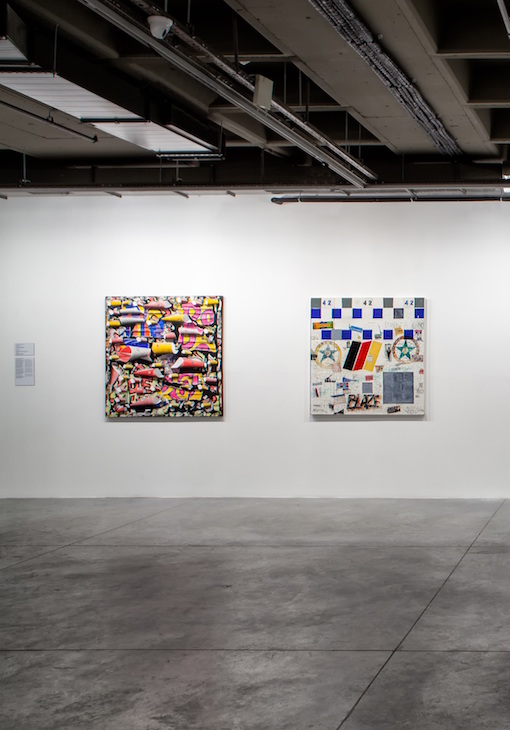When Istanbul Modern opened in 2004, it marked the city’s emergence as a centre of contemporary art, bringing with it a proliferation of galleries and museums in the decade that followed. Since 2013, the failure of Turkish art to maintain its value internationally and an increasingly troubled political climate have had a deadening effect on Istanbul’s formerly flourishing art market, though its biennial continues to stand among the highlights of the art world calendar. Now Istanbul Modern has moved to a temporary location in Beyoğlu, while its former home in a converted warehouse on the Bosphorus is transformed into a purpose-built museum, designed by Renzo Piano.
If the decision to overhaul Turkey’s first and largest contemporary art gallery indicates some anxiety over its faltering art scene, hiring one of the world’s foremost architects to design a headline-grabbing new building relies on a trusted remedy. Renzo Piano has produced dependably singular new homes for the Whitney Museum of American Art in New York, and the Pathé Foundation in Paris, and his latest museum project seems calculated to build on the momentum begun with Istanbul Modern’s foundation 14 years ago. Then, the museum served to bolster Turkey’s global standing, and specifically its ambitions to join the EU, by advancing its image as a modern city with a thriving cultural scene, and its inauguration by Prime Minister Erdoğan was welcomed by a roster of world leaders. Now, a new building by one of architecture’s hottest names is the flagship project in a major redevelopment of Istanbul’s historic docks, in a frank binding together of art and commerce.
It will be another three years before the Renzo Piano building is completed, and until then the museum will occupy the compact former home of the Union Française, built in the 19th century as a club for French expatriates. Hidden away on one of Istanbul’s old, narrow streets, its temporary home seems impossibly small and inconspicuous for such a prized institution. But located in Beyoğlu, Istanbul’s cultural heart, it finds itself at home among other young galleries, with SALT and Arter, also dedicated to new art, a short walk away.
Installation view of ‘Anthony Cragg: Human Nature’ at Istanbul Modern (23 May–11 November). Courtesy Istanbul Modern

Though much smaller than the repurposed warehouse, the interim space continues to carry out all the museum’s functions, albeit on a scale much reduced. The education programme is the source of some pride to the museum, and its mission ‘to make modern and contemporary art more understandable’ to visitors of all ages and backgrounds continues as usual. The photography collection, which contains works from the 1960s to now, is represented in a small show on the top floor, while a programme of temporary exhibitions downstairs will run alongside a changing selection from the museum’s permanent collection.
The temporary space opened in May with ‘Human Nature’ (until 11 November), the first comprehensive survey of works by British sculptor Anthony Cragg to be seen in Turkey. Highlights include Unschäferelation (1991), an unsettling ensemble of table and chair, sprouting doorknobs like malign growths, and an array of works in bronze, their monumental proportions somehow accommodated very comfortably within such a small space.
Installation view of Skinless (1996) by Inci Eviner, included in ‘In Pursuit of the Present’ at Istanbul Modern. Courtesy Istanbul Modern

If the temporary show reflects the museum’s international scope, ‘In Pursuit of the Present’, comprising works from the permanent collection and displayed over two floors, reflects its emphasis on homegrown artists, with just nine non-Turkish artists among the 33 represented. Curated around themes so broad as to be almost meaningless, it is nevertheless a visually stunning display, unified by a mood of darkness and menace. Inci Eviner’s installation Skinless dates from 1996, but seems particularly resonant today, its empty, stiffened clothes hanging like husks of a family no longer there, the rigid structures of societal norms bringing not comfort and warmth, but stifling curbs on personal freedom. Burhan Doğançay’s recreations of city walls also suggest voices struggling to be heard, the snatched communications of graffiti and posters always about to be torn down, or covered up.
Installation view of two works by Burhan Doğançay, included in ‘In Pursuit of the Present’ at Istanbul Modern. Courtesy Istanbul Modern

While the flavour of the show suggests a desire to tackle aspects of life in Turkey today, the museum’s continued reliance on private investment suggests that curatorial independence is hard won. The Eczacıbaşı Group, an industrial conglomerate that has been the driving force behind Istanbul’s cultural activities since the 1970s, founded the museum in 2004 under the auspices of the Istanbul Foundation for Culture and Arts (İKSV), a non-profit, non-governmental organisation set up to establish the city’s arts festival. The group is a major funder of the new building, having also provided the museum with its core collection.
The Eczacıbaşı Group’s influence on the museum’s agenda seems inevitable, but that it operates in the best philanthropic tradition is equally evident. Asked the extent to which private investment affects the museum’s programming, assistant curator Ümit Mesci says: ‘The diversity of the funding mechanisms lets us conduct museum activities independently and freely. Private sponsorship does not affect the decisions behind our exhibitions and programmes in general.’
Even so, the involvement of other investors, principally Doğuş Holding and Bilgili Holding, who between them have provided the balance of the capital for the Renzo Piano building, would seem to have a straightforwardly commercial interest in the museum. The Galataport Project, a massive redevelopment of Istanbul’s historic port area undertaken by the consortium of Doğuş and Bilgili, places the new Istanbul Modern at the heart of plans for ‘lifting Istanbul into the privileged circle of the world’s finest metropolises’. Proposed shopping centres, restaurants, bars and a luxury cruise port are balanced by plans for extensive areas of green space, and a commitment to restore the area’s many dilapidated historic buildings.
In its eagerness to realise what risk analysts Quatro Strategies predict will be a TL 5 billion boost to the tourism sector, the consortium caused controversy last year when the Paket Post Office, and the Karaköy Passenger Lounge, both earmarked for restoration, were instead demolished. Doğuş and Bilgili emphasise the significance of the Galataport as Istanbul’s new centre for arts and culture, but the prospects of a return to health for Turkey’s art world seem limited. A volatile political situation, curbs on freedom of expression, and a funding model that demands a healthy financial return, may well be the makings of a bubble set to burst.



